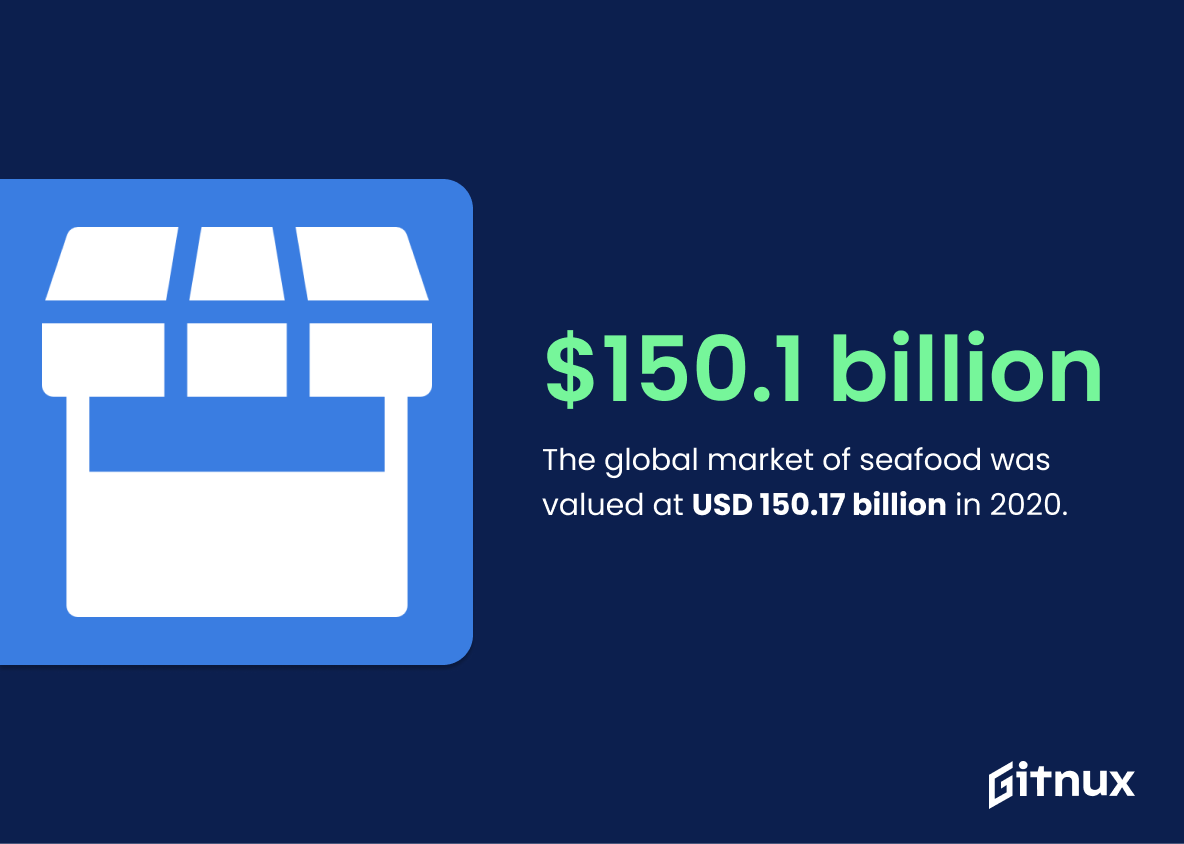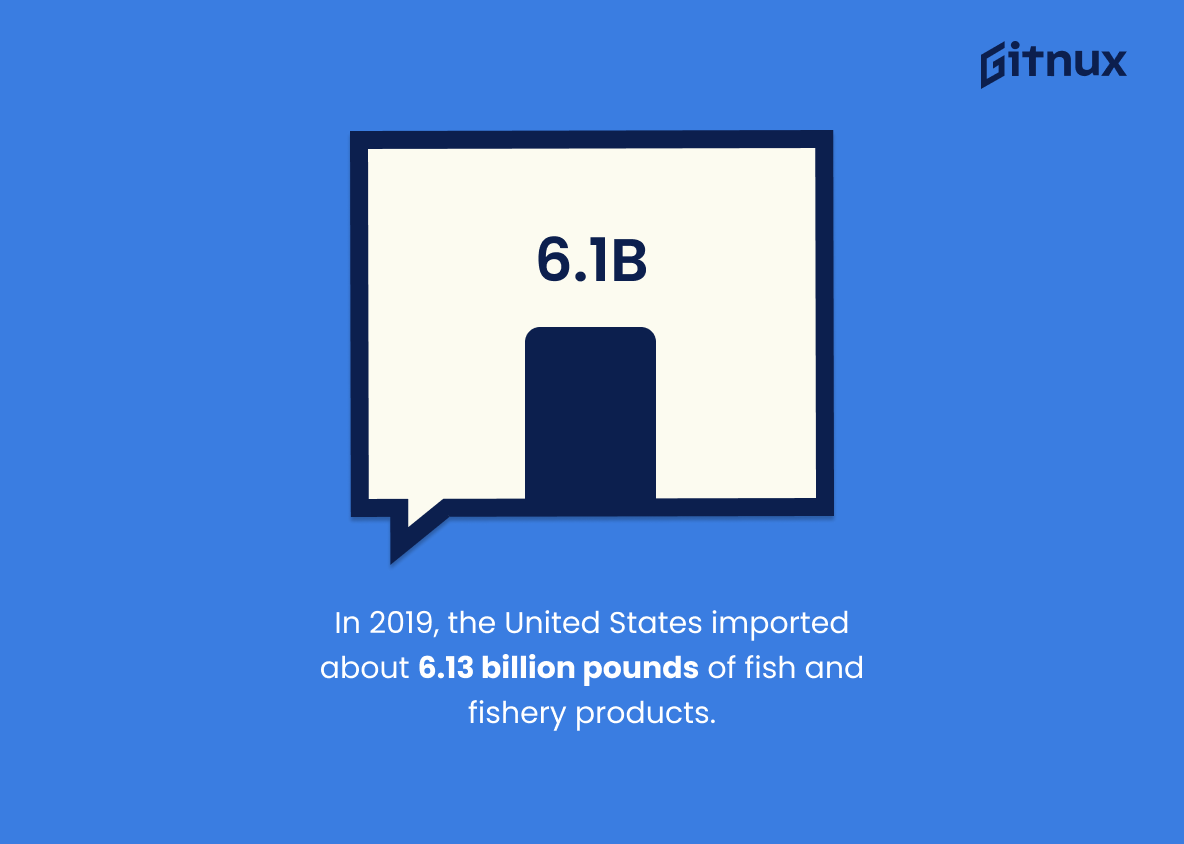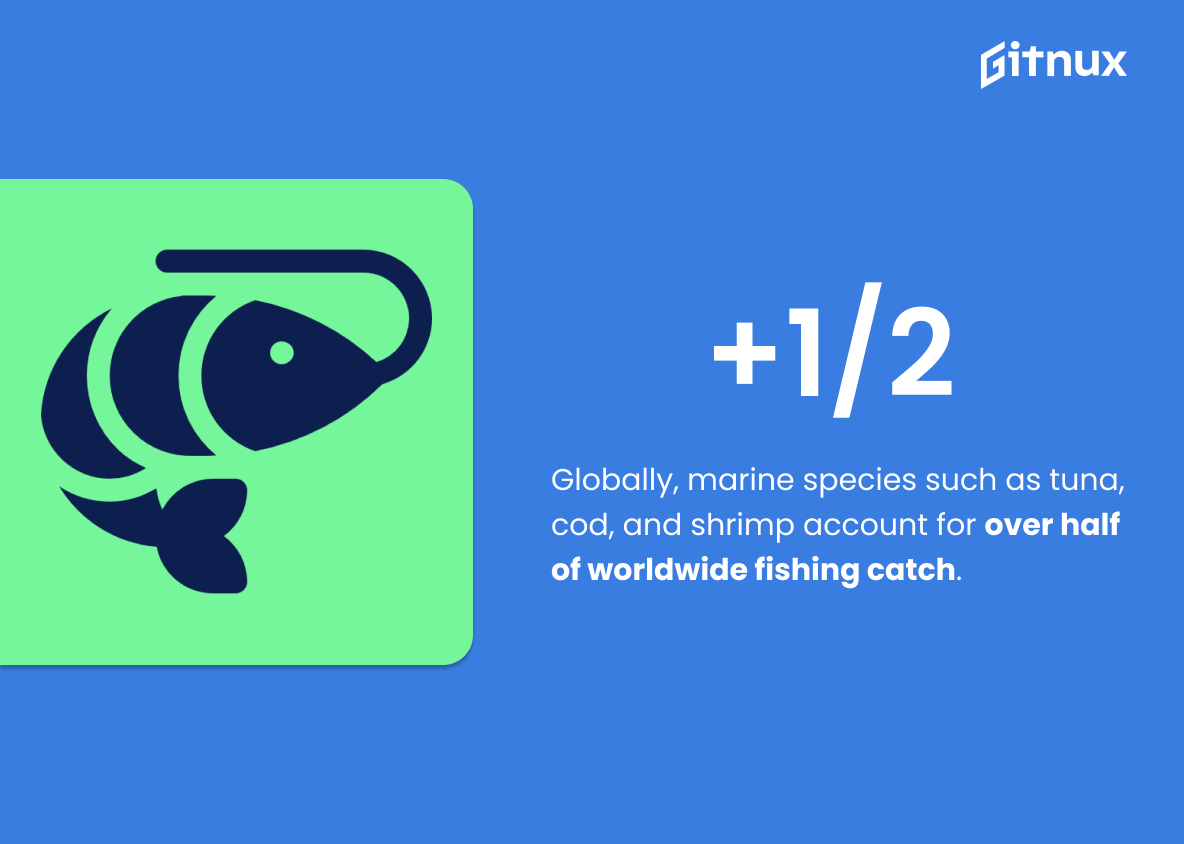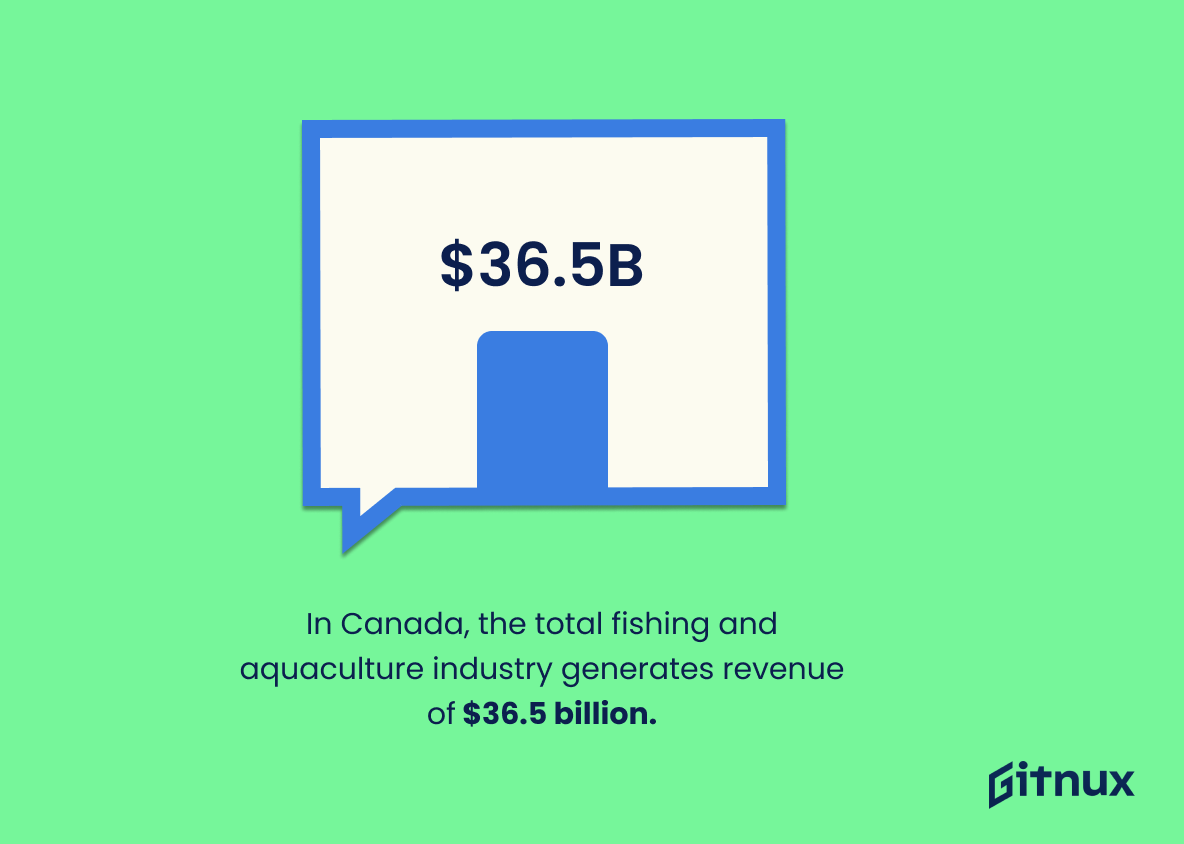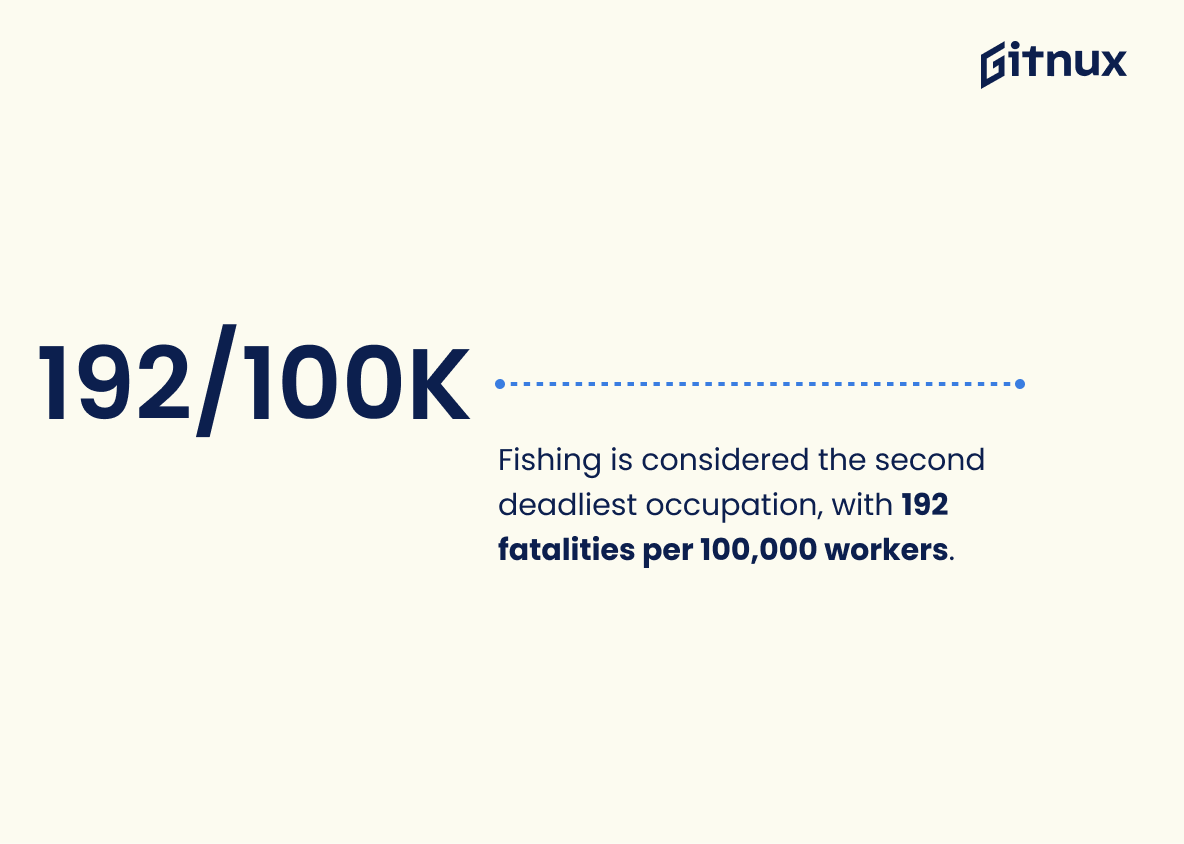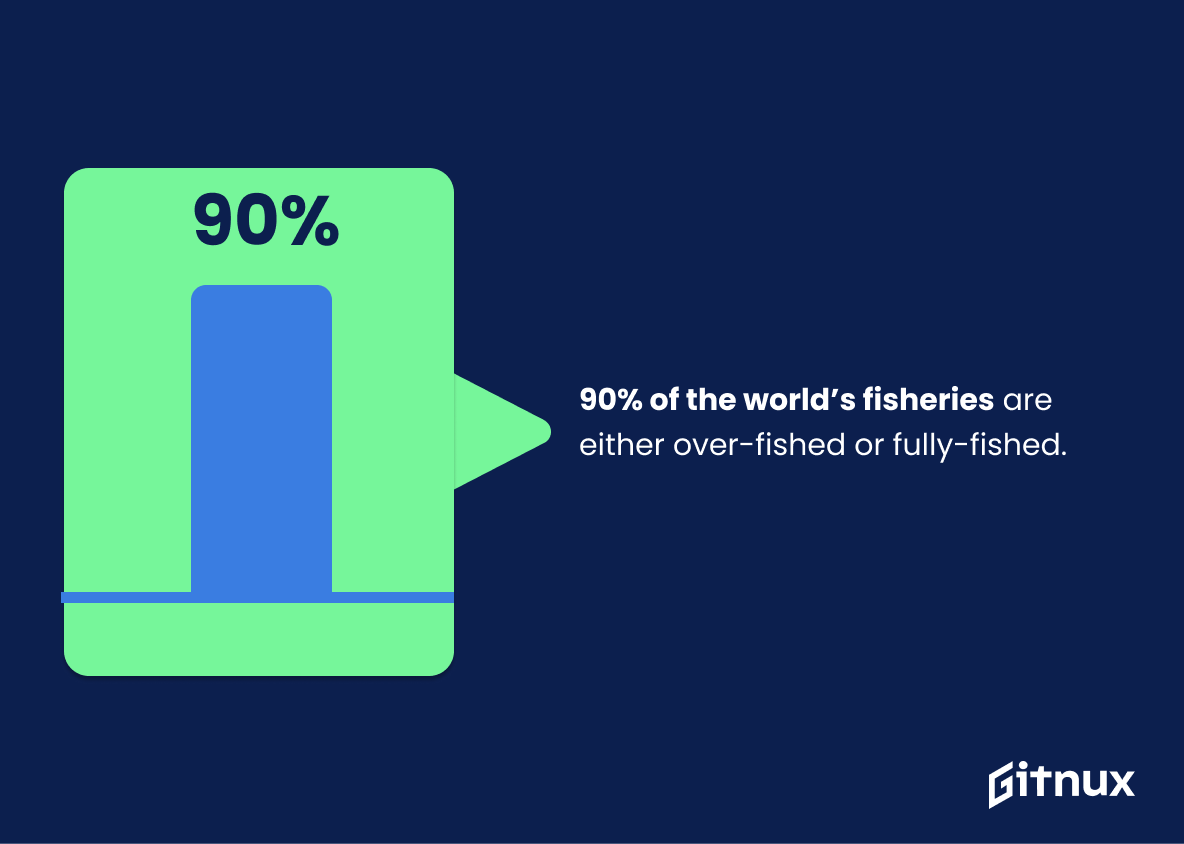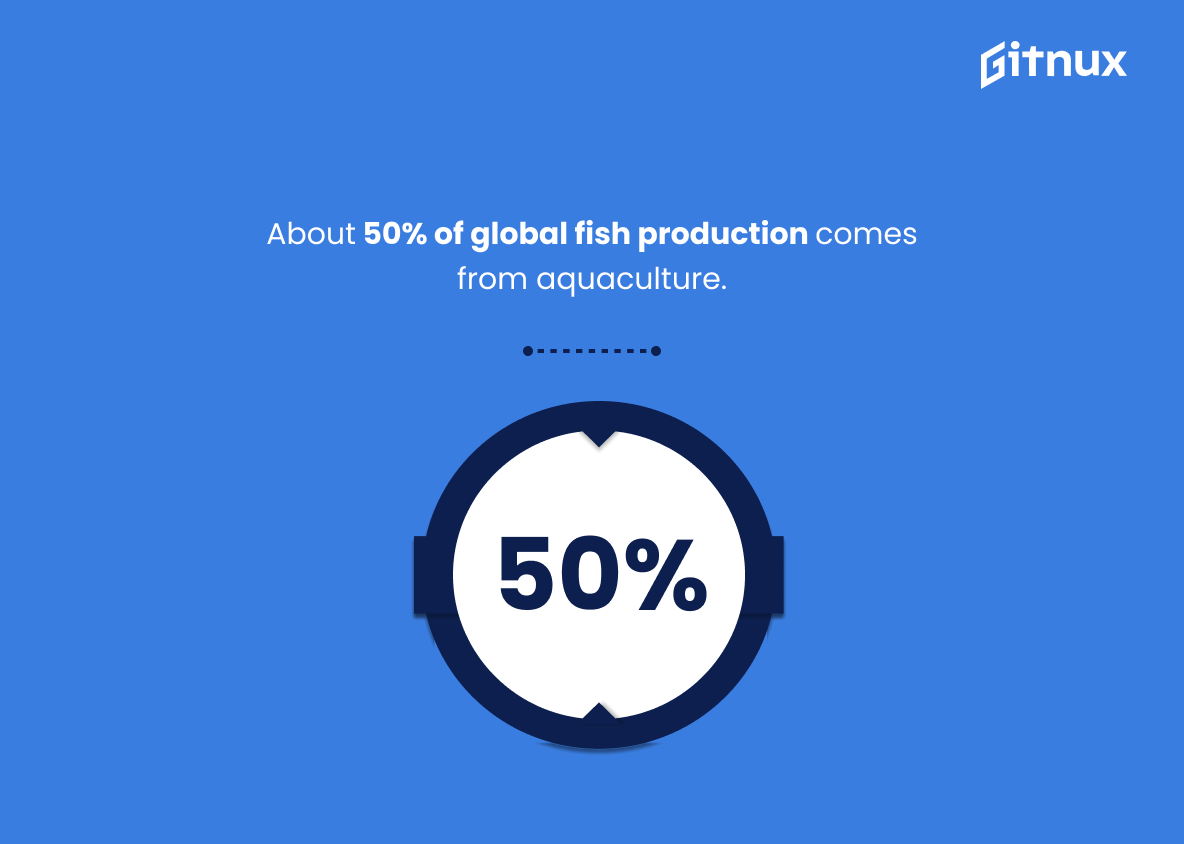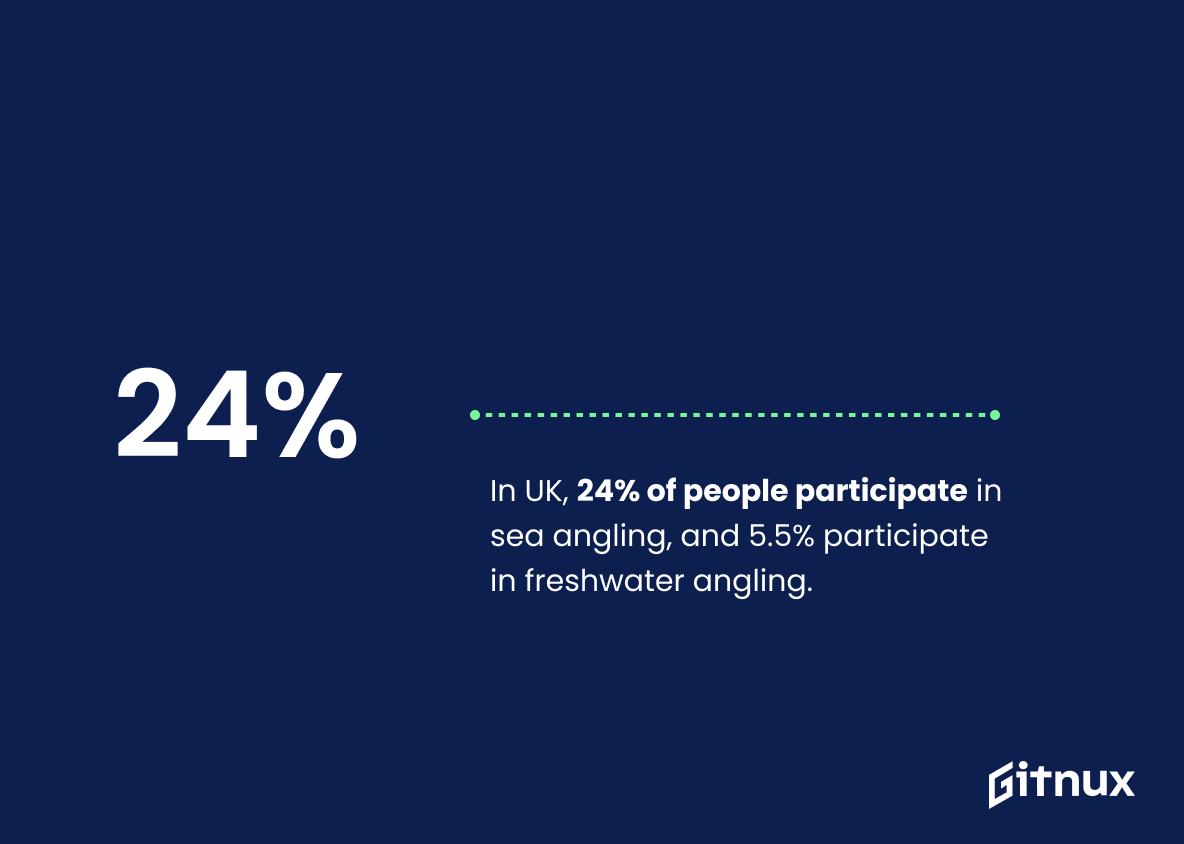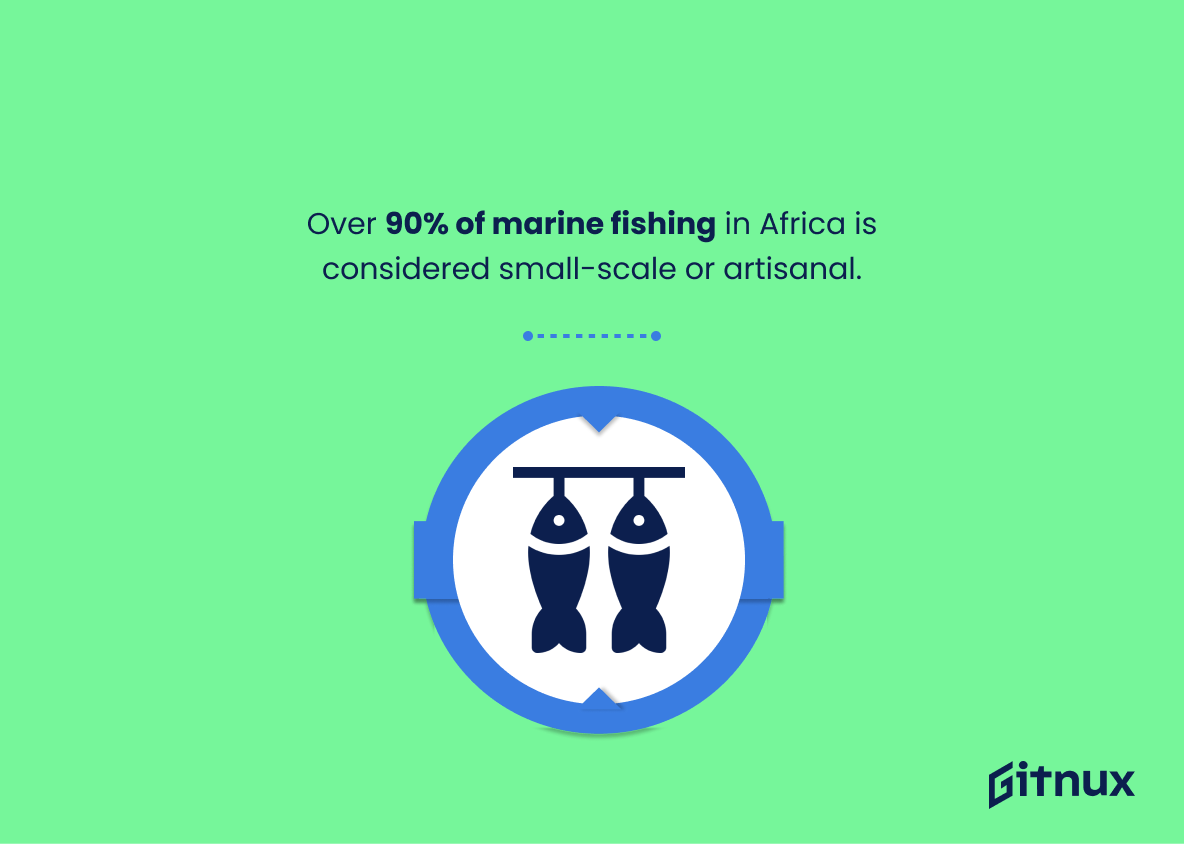Fishing is an important part of the global economy, with recreational fishing alone generating billions in retail sales each year. In this blog post, we will explore some interesting statistics about fishing around the world. We’ll look at how much money it generates for different countries and regions, as well as its impact on employment and food consumption. Additionally, we’ll examine trends in freshwater versus marine fishing and aquaculture production. Finally, we’ll discuss safety concerns related to commercial fisheries operations worldwide. So let’s dive into these fascinating facts about one of humanity’s oldest activities.
This statistic is a testament to the immense economic impact of recreational fishing in the United States. It highlights the importance of this activity to the nation’s economy, and serves as a reminder of the need to protect and conserve our fisheries for future generations.
Approximately 12 million people in the European Union engage in recreational fishing annually.
This statistic is a powerful reminder of the immense popularity of recreational fishing in the European Union. It highlights the fact that millions of people are taking part in this activity, making it a major part of the region’s culture and economy. Furthermore, it serves as a reminder of the importance of preserving and protecting the environment in order to ensure that recreational fishing remains a viable activity for future generations.
Fishing Statistics Overview
The global market of seafood was valued at USD 150.17 billion in 2020.
This statistic is a testament to the immense size of the global seafood market, highlighting the importance of fishing in the global economy. It is a reminder of the vastness of the industry and the need to ensure that it is managed responsibly and sustainably. This statistic is a key piece of information for anyone looking to understand the scope of the fishing industry and the impact it has on the world.
In 2019, the United States imported about 6.13 billion pounds of fish and fishery products.
This statistic is a telling indication of the importance of fishing to the United States economy. It shows that the US is heavily reliant on fish and fishery products for sustenance and economic growth. It also highlights the need for sustainable fishing practices to ensure that the US can continue to benefit from the resources of the sea.
China remains the largest producer of fish and fishery products, accounting for about 35% of global catch.
This statistic is a testament to the sheer magnitude of China’s fishing industry, highlighting its importance in the global fishing industry. It is a reminder of the need to ensure sustainable fishing practices in order to protect the world’s fish stocks and marine ecosystems. This statistic is a key piece of information for anyone looking to understand the current state of the fishing industry and the challenges it faces.
Recreational fishing contributes approximately $125 billion to the U.S. economy annually.
This statistic is a powerful reminder of the immense economic impact recreational fishing has on the U.S. economy. It highlights the importance of fishing as a source of income and employment for many Americans, and the need to protect and conserve our fisheries for future generations.
Freshwater fishing accounts for about 67% of all recreational fishing in the United States.
This statistic is a powerful indicator of the popularity of freshwater fishing in the United States. It shows that the majority of recreational anglers are choosing to fish in freshwater, rather than in saltwater. This statistic is important to consider when discussing the overall recreational fishing industry in the United States, as it provides insight into the preferences of anglers and the types of fishing they are engaging in.
Globally, marine species such as tuna, cod, and shrimp account for over half of worldwide fishing catch.
This statistic is a stark reminder of the immense impact fishing has on marine species. It highlights the need for sustainable fishing practices to ensure the health of our oceans and the species that inhabit them.
In Canada, the total fishing and aquaculture industry generates revenue of $36.5 billion.
The staggering statistic of $36.5 billion in revenue generated by the fishing and aquaculture industry in Canada is a testament to the importance of this sector to the country’s economy. It is a clear indication of the immense contribution this industry makes to the nation’s financial well-being.
Fishing is considered the second deadliest occupation, with 192 fatalities per 100,000 workers.
This statistic is a stark reminder of the dangers of fishing, highlighting the fact that it is one of the most hazardous occupations out there. It serves as a warning to those considering a career in fishing, and a reminder to those already in the industry to take extra precautions to ensure their safety. It also serves to emphasize the importance of safety regulations and training for those in the fishing industry.
90% of the world’s fisheries are either over-fished or fully-fished.
This statistic is a stark reminder of the dire state of the world’s fisheries. It highlights the urgent need for better management of our oceans and the species that inhabit them. It is a call to action for all of us to take responsibility for the health of our planet and its resources.
About 50% of global fish production comes from aquaculture.
This statistic is a powerful reminder of the importance of aquaculture in the global fishing industry. It highlights the fact that aquaculture is a major contributor to the production of fish, and that it is a vital part of the fishing industry. This statistic is especially relevant in a blog post about fishing statistics, as it provides a valuable insight into the current state of the industry.
In 2018, the value of the global fish trade was $165 billion.
This statistic is a powerful indicator of the immense economic impact of the fishing industry. It demonstrates the sheer scale of the global fish trade, and the importance of this sector to the global economy. It also highlights the need for sustainable fishing practices, as the industry is so vital to the livelihoods of many people around the world.
Brazil has the largest network of freshwater fishing reserves in the world, totaling over 185,000 square miles.
The sheer size of Brazil’s freshwater fishing reserves is a testament to the country’s commitment to preserving its aquatic resources. With over 185,000 square miles of protected areas, Brazil is leading the way in protecting its fishing grounds and ensuring that future generations can enjoy the same abundance of fish that current generations do. This is an impressive feat and one that should be celebrated.
In the UK, 24% of people participate in sea angling, with 5.5% participating in freshwater angling.
This statistic is significant in the context of Fishing Statistics as it provides an insight into the popularity of the sport in the UK. It shows that sea angling is more popular than freshwater angling, with 24% of people participating in sea angling compared to only 5.5% participating in freshwater angling. This information can be used to inform decisions about where to focus resources and efforts when it comes to fishing in the UK.
In 2020, global fish consumption per capita reached 20.5 kg.
This statistic is a telling indication of the importance of fishing in the global food supply. It shows that, despite the challenges posed by overfishing and other environmental issues, fish remains a major source of sustenance for people around the world. This statistic is a reminder of the need to ensure sustainable fishing practices in order to ensure that future generations can continue to enjoy the benefits of this vital resource.
Over 90% of marine fishing in Africa is considered small-scale or artisanal.
This statistic is a powerful indicator of the importance of small-scale or artisanal fishing in Africa. It highlights the fact that the majority of marine fishing in the region is conducted by local fishermen, providing a vital source of income and sustenance for many communities. This statistic is a reminder of the need to protect and sustainably manage these fisheries, ensuring that they remain a viable source of livelihood for generations to come.
In Australia, recreational fishing provides over 14,000 full-time equivalent jobs.
This statistic is a powerful reminder of the importance of recreational fishing in Australia. It highlights the fact that the activity is not only a source of enjoyment for many, but also a major contributor to the economy, providing thousands of jobs. This is an important point to consider when discussing the impact of fishing on the environment and the economy.
In 2016, India ranked as the world’s third-largest producer of fish and the second-largest aquaculture producer.
This statistic is a testament to India’s impressive fishing industry, highlighting its place as a major player in the global fishing market. It demonstrates the country’s commitment to aquaculture and its ability to produce a significant amount of fish for the world. This is an important point to make in a blog post about fishing statistics, as it shows the importance of India’s fishing industry and its impact on the global market.
Conclusion
The statistics presented in this blog post demonstrate the immense economic and social impact of recreational fishing around the world. From generating $49.8 billion in annual retail sales in the United States to providing over 14,000 full-time equivalent jobs in Australia, it is clear that recreational fishing plays an important role for many countries’ economies. Additionally, with approximately 49 million recreational fishermen across America and 12 million people engaging annually throughout Europe, it is evident that there are a large number of individuals who enjoy participating in this activity as well. Furthermore, China remains the largest producer of fish and fishery products globally while India ranks third; together they account for nearly half of all global catch production each year. Finally, freshwater fishing accounts for 67% of all U.S.-based recreation activities while marine species such as tuna cod and shrimp make up more than 50% worldwide – demonstrating how diverse our fisheries truly are. All these facts point towards one conclusion: Recreational Fishing has become an integral part of modern society both economically and socially on a global scale
References
0. – https://www.ourworldindata.org
1. – https://www.www.fortunebusinessinsights.com
2. – https://www.www.seaangling.org
3. – https://www.www.statista.com
4. – https://www.www.fisheries.noaa.gov
5. – https://www.sciencing.com
6. – https://www.www.fao.org
7. – https://www.www.hortica.com
8. – https://www.www.doi.gov
9. – https://www.www.efca.europa.eu
10. – https://www.www.weforum.org
